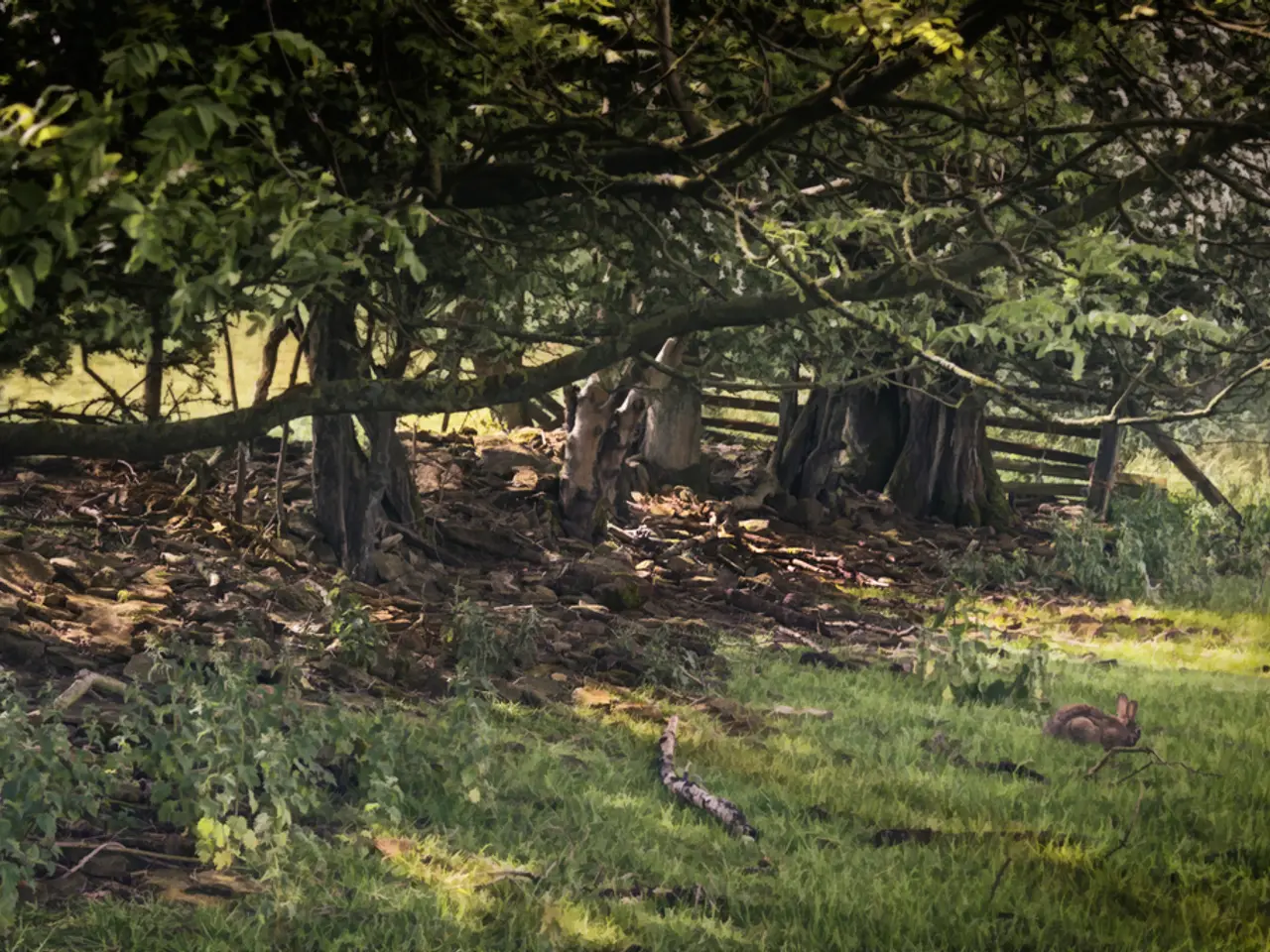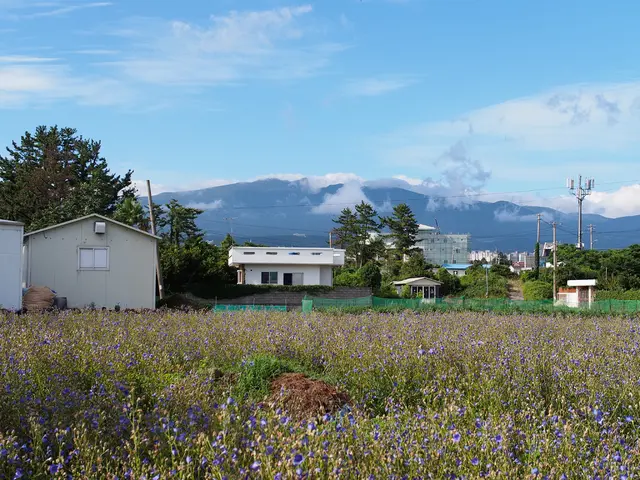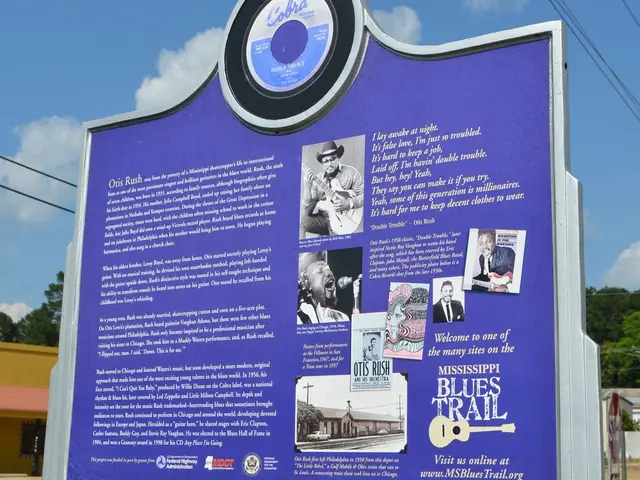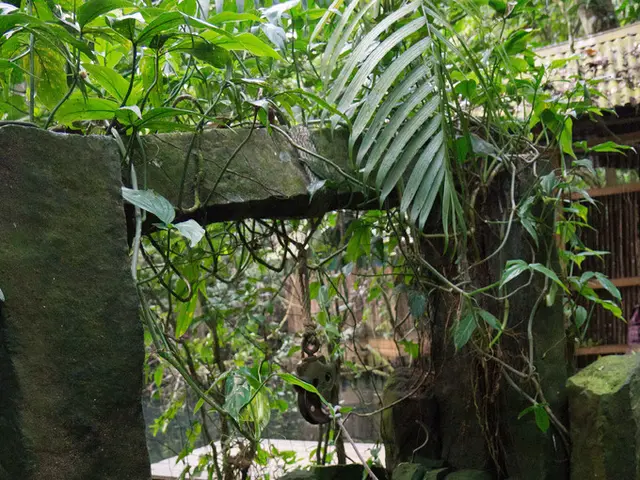Environmental Impact of Tobacco: A Fresh Look at Tobacco's Ecological Impact
In the heart of tobacco-growing regions, a profound passion for change is taking root. For many farmers, their childhood memories of tobacco farming have evolved into a mission to make the industry more sustainable.
This transformation is evident in various initiatives aimed at reducing the environmental impacts of tobacco farming. Agroforestry, a practice that combines traditional crops with trees, is being embraced to provide shade, enrich the soil, and foster biodiversity.
Universities and sustainability workshops are playing a crucial role in promoting organic practices in tobacco farming. These educational platforms introduce innovative methods like agroforestry as a means to mitigate environmental damage.
Community workshops are also being held to share knowledge about sustainable farming practices such as crop rotation. The journey towards a sustainable future in the tobacco industry is marked by transformative experiences and valuable lessons.
Sustainable practices are being implemented to combat the environmental impacts of tobacco farming, which include deforestation, soil degradation, pollution, loss of biodiversity, and habitat destruction. Companies like Reynolds American are following comprehensive standards to protect biodiversity and minimize ecosystem disturbance. The Good Agricultural Practices (GAP) certification is another tool that promotes crop quality alongside environmental protection.
Research shows that intercropping tobacco with other crops improves soil health, reduces pesticide and fertilizer use, and enhances farmer profitability. Projects replacing tobacco with climate-smart alternatives, like high-iron beans, are also reducing environmental strain.
Environmental restoration and monitoring initiatives are crucial for soil recovery and ecosystem rehabilitation. Abolitionist frameworks encourage reinvestment of tobacco industry resources into these projects, involving Indigenous and local communities for environmental justice and accountability.
Every stakeholder in the tobacco supply chain, from farmers to consumers, has a vital role to play in prioritizing transparency and sustainability. The choice of a single farmer to adopt sustainable practices can have a ripple effect throughout the community.
High water consumption during irrigation processes in tobacco farming is another concern. Engaging in collaborative projects advocating for sustainable agriculture is empowering and helps others envision a future where sustainable practices are tangible realities.
The dialogue surrounding tobacco needs to evolve to consider consumption habits as well as farming practices. As more individuals, particularly from younger generations, start to scrutinize their consumption choices, the demand for sustainably sourced tobacco is growing.
By prioritizing transparency and sustainability, we can enhance both the environmental footprint of tobacco production and the overall quality of life for those involved in its journey. The author, with a personal connection to tobacco farming, hopes to encourage others to consider their roles in the narrative of tobacco farming and strive for a harmonious relationship between agriculture and the environment.
[1] Source: Environmental Impacts of Tobacco Farming, World Health Organization [2] Source: Sustainable Tobacco Production, Reynolds American [3] Source: The Environmental Costs of Tobacco Production, Union of Concerned Scientists [4] Source: Climate-Smart Agriculture in Tobacco Production, International Institute for Sustainable Development [5] Source: Agroecology and Tobacco Production, Food and Agriculture Organization of the United Nations
Read also:
- Weekly developments in the German federal parliament, the Bundestag
- Solar Shutdown: Merz Proposes Billions of Gas Discharge - Reverse Plan
- New guidelines for NEPA processes unveiled by federal agencies, in alignment with Executive Order 14154 and the Seven County Decision of the Supreme Court
- Anticipated Rise in Electricity Bills Coming in July for Latvian Residents








